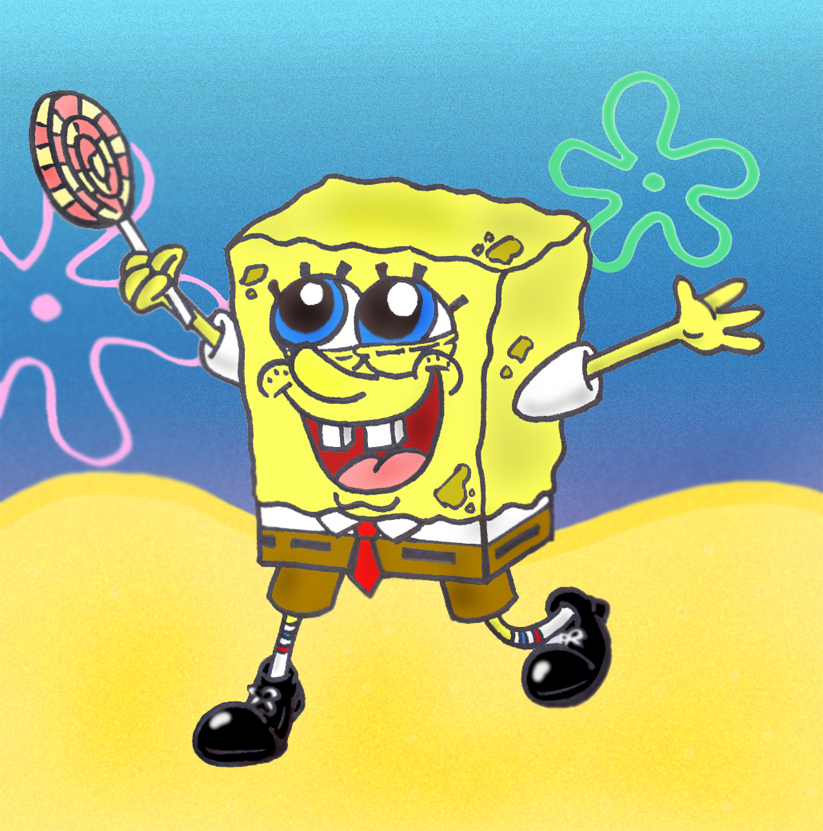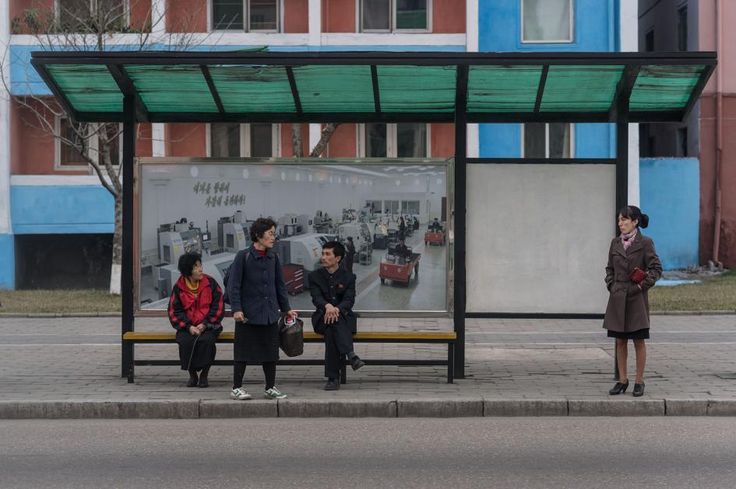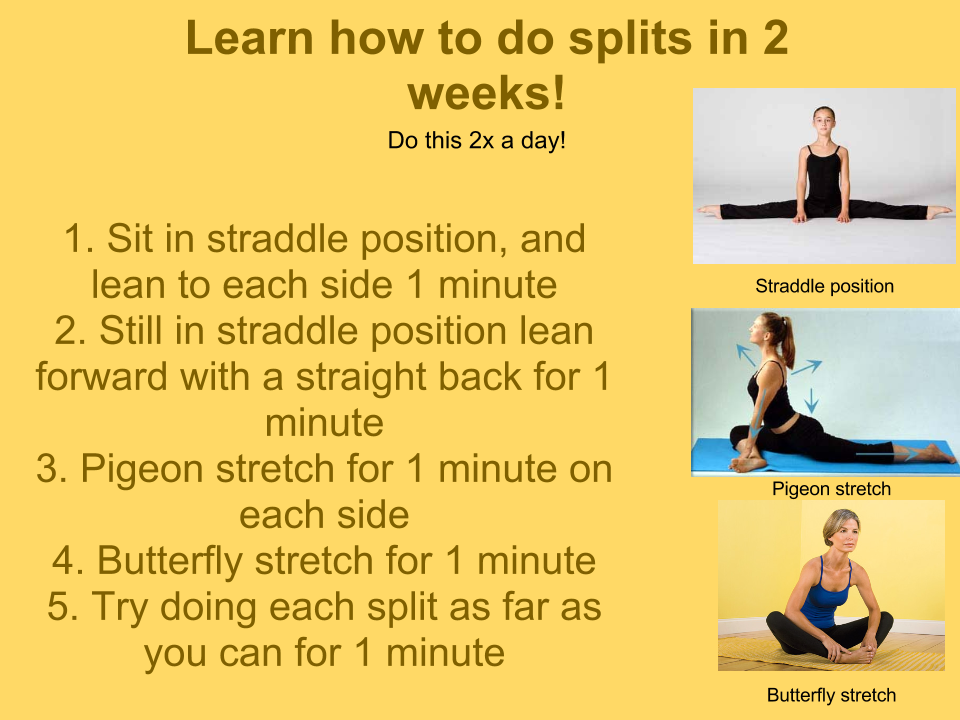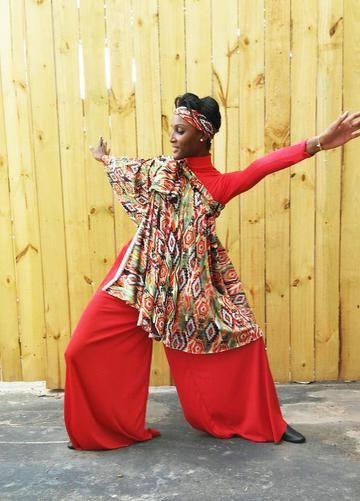How to jump higher in dance
Improving Your Jumps — A Dancer's Life
Amber wears the Violet Crop Top and Camilla Short in Nightfall.
We all dream about doing a super high grand jeté. Having the audience be in awe of the moment you appear to be floating in the air. Not only does it look amazing, it also feels amazing to watch (and do!). But how do we get our jumps to look and feel like that? Despite spending years working on our jumps, sometimes it feels like we aren’t making the progress we need or want to make. Luckily jumps are one of those things where there’s always something we can improve upon. In order to make your jumps go from a ‘leap frog’ to more of a ‘leaping jeté’, we’ve provided five key areas to focus on so you too can be soaring through the air, having the audience marvel at the height and grace you exude.
To give you that extra dose of inspiration, we have the lovely Amber showcasing the recent Nightfall Collection, proving that jumps can be practiced both in and out of the studio!
Amber wears the Kira Crop Top and Emily Short in Deep Ink.
Flexibility
Flexibility is important for your jumps. If you want to achieve a split in the air you first need to be able to do it on the ground. Daily stretching will improve your flexibility, enhancing the line of your jumps. But don’t overdo how much you are doing each day. When it comes to stretching ensure that your body is warm before you go straight into a split. Start by doing some gentle stretches like bending forward to reach your toes, spinal twists on the ground or pulling your knees to your chest to start getting the blood flowing. Once your body starts to feel a bit warmer you can start attempting more intense stretches including hip openers, hamstring stretches, centre, left, and right splits. Progressing slowly through your stretches doesn’t mean you aren’t making any progress with your flexibility. Your flexibility will still improve and you’ll also prevent any muscular strains or injuries. Remember, Rome wasn’t built in a day!
Amber wears the Riley Crop in Deep Ink and the Bailey Legging in Nightfall.
Plié Deeper
Plié’s are the underlying foundation for most dance movements. They start and end almost all steps in ballet, are the initiation of nearly every turn, and are a must for the take off and landing of every good jump. A deep plié is important for achieving the height you need to execute a jump. The deeper the plié, the more power you’ll have in your legs to push off the ground. When jumping off the ground think ‘heel, ball, toe’, like rising up to demi pointe. This is not only essential for power, but also for ensuring you have a nice point for the jump you are attempting. Regardless of how many steps you take to prepare for the jump, make sure you really bend your knees to gain as much strength as you can. Bending and straightening the knees doesn’t seem that hard but plié’s are a powering movement that help protect the body from injury and give you the ability to jump with ease.
Amber wears the Violet Crop Top and Billie Legging in Deep Ink from the Nightfall Collection.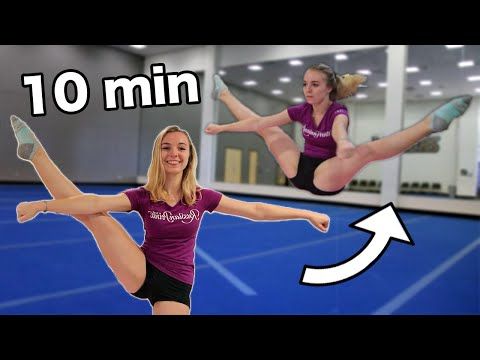
Control The Landing
What goes up must come down! A jump isn’t complete until it’s landed safely. As soon as your feet leave the ground you should begin to think about your landing. Try to hit the floor as softly and quietly as possible and never come out of a jump with straight knees as it will almost always cause injury. If landings feel like your weak spot, practice jumps holding on to the barre. This way you can use your arms to help control the descent. Think of landing ‘toe, ball, heel’ - the opposite of what you do when taking off. Articulating the feet is not only essential to the take off of a jump but for the landing as well. Maintaining alignment when landing is also crucial to avoid that crumpling down appearance. Feel as though you’re being lifted from the top of your head throughout the entire duration of the jump.
Amber wears the Violet Crop Top and Camilla Short in Nightfall.
Breathe
Sometimes when we are executing a movement that’s a bit more difficult we start to hold our breath.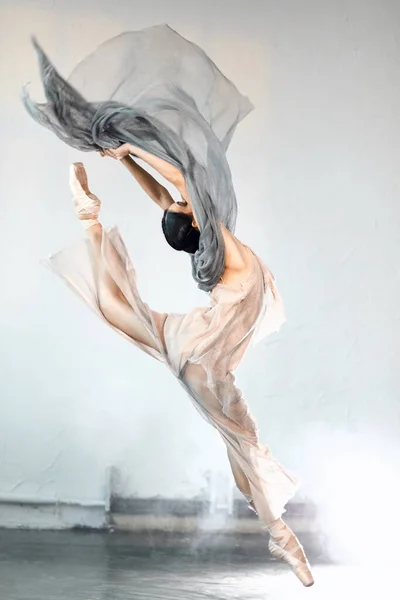 While we may think this is making things easier, it’s actually making it a lot harder. Holding your breath prevents the circulation of oxygen. This reduces what gets delivered to the muscles, making them fatigue at a faster rate and increasing the build up of lactic acid - causing those heavy legs we can sometimes get at the end of a hard class! To prevent this from happening be aware of your breath when you are jumping. Awareness of your breath will not only improve the circulation of oxygen, it will also improve the height of the jump and help release excess tension. If you take a deep breath at the peak of your jump, it can also make it seem like you’re soaring through the air. Decide whether you prefer exhaling on the jump or on the landing and do what works best for you.
While we may think this is making things easier, it’s actually making it a lot harder. Holding your breath prevents the circulation of oxygen. This reduces what gets delivered to the muscles, making them fatigue at a faster rate and increasing the build up of lactic acid - causing those heavy legs we can sometimes get at the end of a hard class! To prevent this from happening be aware of your breath when you are jumping. Awareness of your breath will not only improve the circulation of oxygen, it will also improve the height of the jump and help release excess tension. If you take a deep breath at the peak of your jump, it can also make it seem like you’re soaring through the air. Decide whether you prefer exhaling on the jump or on the landing and do what works best for you.
Amber wears the Julia Crop Top and the Bailey Legging in Deep Ink.
Strength
Incorporating strength training isn’t meant to make you stiff like a pogo stick when jumping.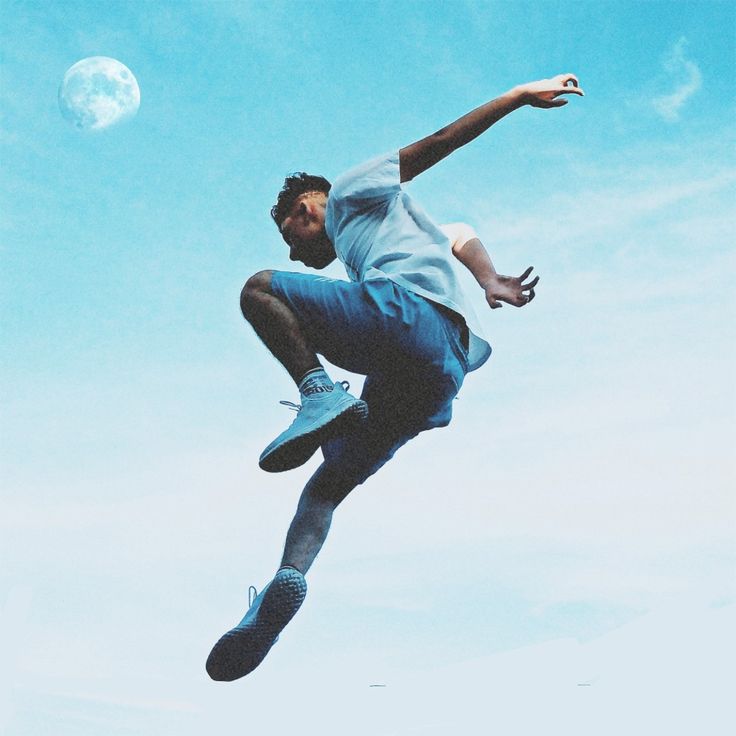 It’s intended to improve the execution and aesthetic of jumps and prevent the onset of injuries. Good core strength and alignment are crucial to almost all aspects of dance, but especially with jumps. By performing repetitive movements such as sit ups, mountain climbers or supine toe taps to work on your core, you’ll gradually be able to build up the strength that will support you when you are jumping. Having a strong core allows the rest of the body to stay connected without the added tension. Strength work also includes working on your glutes and legs. Improving the strength of these areas will further enhance your jumps and assist with the execution as they do a lot of the work when it comes to jumping. Think of doing pilates leg circles, bridges and ‘swimmers’ (when you lay on your stomach and kick your arms and legs like you’re swimming) to strengthen your glutes and legs.
It’s intended to improve the execution and aesthetic of jumps and prevent the onset of injuries. Good core strength and alignment are crucial to almost all aspects of dance, but especially with jumps. By performing repetitive movements such as sit ups, mountain climbers or supine toe taps to work on your core, you’ll gradually be able to build up the strength that will support you when you are jumping. Having a strong core allows the rest of the body to stay connected without the added tension. Strength work also includes working on your glutes and legs. Improving the strength of these areas will further enhance your jumps and assist with the execution as they do a lot of the work when it comes to jumping. Think of doing pilates leg circles, bridges and ‘swimmers’ (when you lay on your stomach and kick your arms and legs like you’re swimming) to strengthen your glutes and legs.
Amber wears the Bianca Leotard in Nightfall.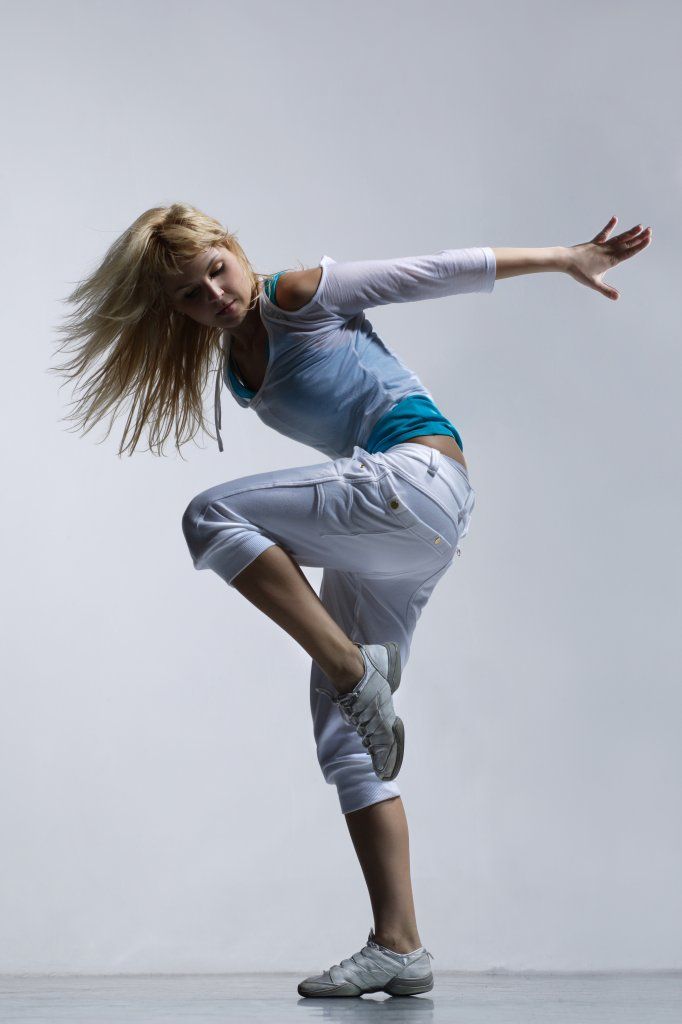
When it comes to jumps (as with most aspects of dance) we are always striving for perfection. However, perfection isn’t always a realistic goal because let’s face it, no one is perfect! When practicing and performing jumps try not to be too hard on yourself. It’s okay if things don’t go exactly as you intended. As long as you can still learn something from it (even if it’s not what to do!) you are still improving and growing. Think back to where you were, where you are now, and how much you have improved. Sometimes we need a little check in to appreciate all of our hard work!
Shop the Nightfall Collection here
If you want to follow Amber’s dance journey, you can watch her adventures unfold on Instagram: @amber_mya_
Article by Sheree Ronai-Horvath
Photography by Elly Ford
Read More:
Ballet 101: The art of Pirouettes
Technique 101: The art of Ballet Hands
So you want to be flexible…
Dance Advice, Advice + TipsEnergetiksNightfall, Amber Mya, Dance 101, improving jumps, Plie, stretching, Breathe, landing, strength, Sheree Ronai-Horvath, Elly FordComment
0 Likes5 Best Exercises for Dancers to Increase Jump Height and Power!
As athletes, dancers have the ability to focus their strength and power in many different ways.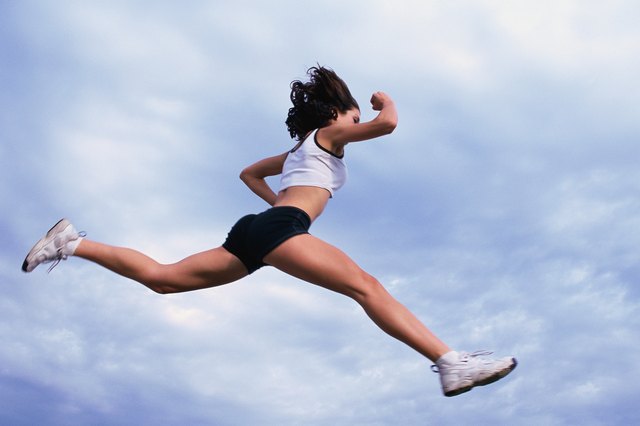 Being aware of which muscles will be best for a variety of skills will help build strength and level of skill, beyond just technique. These exercises will not only increase jump height and power, but also build long lean muscles in your dancer’s legs!
Being aware of which muscles will be best for a variety of skills will help build strength and level of skill, beyond just technique. These exercises will not only increase jump height and power, but also build long lean muscles in your dancer’s legs!
Increase Jump Height and Power for Dancers
To increase jump height and power, dancers must activate their gluteus muscles, or butt muscles, as well as hamstrings, or back of the thigh. The below exercises train the body to rely on those back muscles instead of our quadriceps (front and side thighs) which tend to take over due to their size.
Squat and Rotate
Partners hold right hands and back away from each other until arms are almost straight. Each partner squats and rotates their shoulders toward their left side, stretching their left arm to the side. Stand up, switch hands and repeat. Hips stay facing each other while shoulders and ribs twist. Repeat for a minute.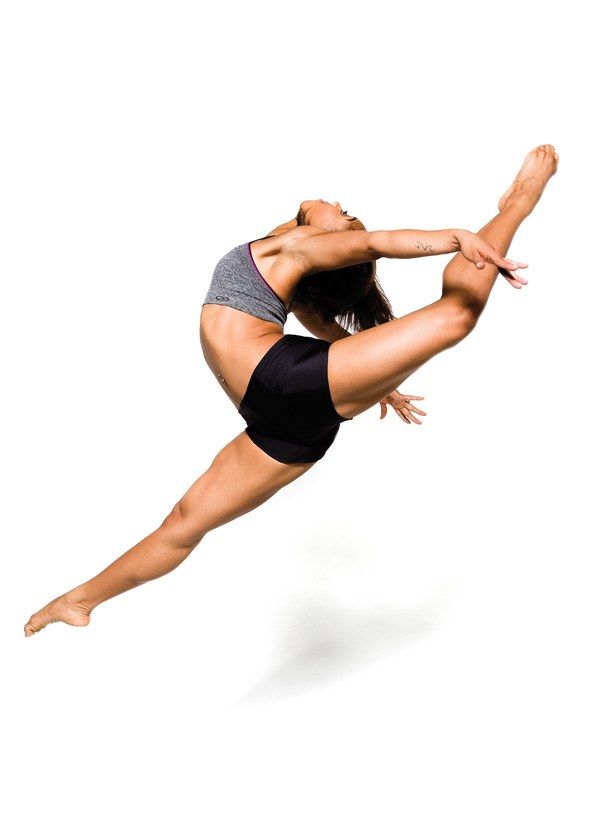
Partner Pistol Squat
Partners stand facing each other about one foot apart. Start by holding on to each others RIGHT forearms or hands for support. Lift the LEFT foot about 4 inches from the ground, send hips back, and lower until knees are 90 degrees. Slowly come up without placing the left foot on the floor. After 30 seconds switch hands and feet.
Burpee Tuck Jump
Each partner does burpees by jumping into the air, landing in a squat position, shooting feet back into a plank, doing a push up, pulling legs back into a squat, and standing back up. When standing again, jump straight up and tuck knees into chest. Repeat for 1 minute
Plank and Hop
One partner planks on their elbows while the other squats low and hops over the ankles of the planking partner. While jumping, tuck knees up and toward the shoulders. Go slow and focus on the height of the jump, not the speed. After 30 seconds, partners switch positions.
After 30 seconds, partners switch positions.
Power Jack
Each partner squats low with arms above their head and jumps into the air sucking legs into the middle and gluing them together. As you land, open legs to end in a squat. Repeat for 30 seconds to a minute. This motion is the same as a jumping jack but the movements are exaggerated and take the whole body off the floor.
About the Author:
Katie Peyton is a Holistic Health Coach, Personal Trainer and world champion dancer. She has combined her 25 years of dance and her expertise in nutrition and fitness to create conditioning classes and nutrition lectures designed just for dancers. Katie empowers dancers to view themselves as athletes and gives them the tools to increase their strength, endurance, injury prevention, and overall performance.
For more, visit her website Dancer Fitness!
Check out her Instagram @ dancer_fitness.com_
Or email her at [email protected]
Dance School - Balance Club
25 August 2016
The most significant aspects of any dance direction, of course, are all sorts of jumps and hops. Jumps , as a kind of dance movements, are the most spectacular - they give the dance high dynamics, giving the audience a feeling of lightness and airiness. Some dancers are truly born jumpers, others go to great lengths to develop the ability to jump high and, most importantly, easily. Be that as it may, every dancer who counts on the title of a professional must constantly improve the technique of his jumps, replenishing it with new, more complex elements.
In any dance style, be it Classical or Jazz Modern, Break Dance or Hip Hop, there is a wide variety of jumps and jumps that are the most difficult part of any dance technique. And, despite the fact that the jumps of different dance styles are not always similar to each other, basic exercises and techniques for preparing for them can be used in any style. There are several tricks that will help you improve your jumps. First of all, it is necessary to develop the power of the push, which will allow you to make a high jump, sufficient to perform the desired figure in flight and fix it for as long as possible. In this article, the Balance Club Dance School provides some recommendations. By following them, you can develop your ability easily, dynamically and jump high .
There are several tricks that will help you improve your jumps. First of all, it is necessary to develop the power of the push, which will allow you to make a high jump, sufficient to perform the desired figure in flight and fix it for as long as possible. In this article, the Balance Club Dance School provides some recommendations. By following them, you can develop your ability easily, dynamically and jump high .
Raise your weight! The best dancers in the world use various exercises in their training to lift their bodies up. Raises on toes with extended knees, lunges on one leg, and all sorts of squats are the best exercises that any dancer can do to improve their jumps. Find time in your classes for these exercises and soon you will begin to literally soar in the air like never before!
Work on your stretch! Stretch your calf muscles, hamstrings, and quads after each session: a dancer with flexible legs will be able to jump higher. If you are doing splits, try putting something under your front leg (like a rolled up mat). This is a good and safe way to improve your longitudinal split, which will add ease during the performance of jumps with open legs in flight.
This is a good and safe way to improve your longitudinal split, which will add ease during the performance of jumps with open legs in flight.
Soften your landing! When learning to dance from scratch, before moving on to learning the jumps themselves, they learn the rules of landing. This is done because most of the injuries when performing jumps are due to improper landing. And an injury, as you know, can ruin not only the career of a professional dancer, but also bring a lot of trouble to a simple amateur. Even after a small jump, land only on tense legs, softening the landing with a springy plié. A dancer who regularly develops a deep plie performs more airy and graceful jumps, and is less likely to be injured when landing. Plie is an extremely important exercise for the dancer's health! Infrequent use of plie in your training can lead to underdevelopment of the tissues of the tendons of the ankle joints, hamstrings and weakness of the foot.
Stretch up! When performing in the jump and landing, keep your head high and your back extended - this will lighten your weight.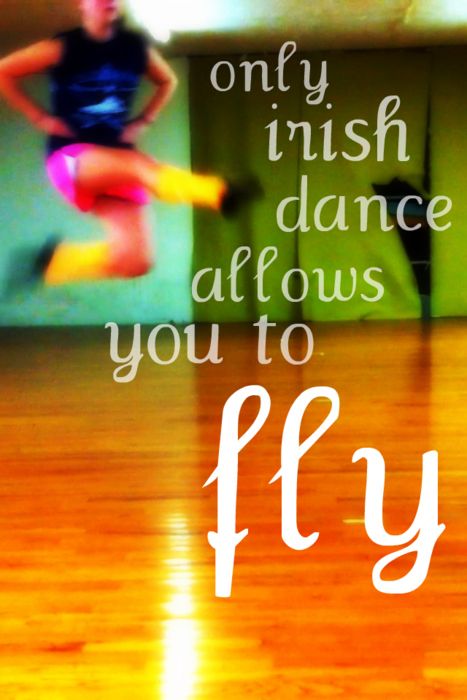 Many dancers get distracted trying to see themselves in the mirror instead of stretching out and enjoying the feeling of flying.
Many dancers get distracted trying to see themselves in the mirror instead of stretching out and enjoying the feeling of flying.
Use vitamins! The bones, muscles and tendons of a dancer need a sufficient amount of vitamins and trace elements. And therefore it is better to optimally enrich your diet with essential vitamins.
But the most useful advice that can be given to those who want to learn how to jump is that you must constantly believe in yourself, believe that you can fly! If the dancer keeps in his mind the feeling of flying high and the belief that he can soar easily and high, he will most likely be able to make a higher jump. This belief must begin long before the actual jump, persist throughout the flight, and not disappear after landing. The dancer who believes in jumping literally gains wings!!!
We are waiting for you at our lessons and happy flights!!!
Dance school in MoscowBalance Club.
Prospect Vernadsky, 95, building 4
Tel. +7 (495) 434 0550
+7 (495) 434 0550
Jumping exercises
Style: Hip-hop / Hip-Hop Hip-hop for children / Children's Hip-Hop Ballet
Jumping is an invariable attribute of any dance style and direction. Jumping movements give the dance entertainment and dynamism. The audience has a feeling of ease of performance and airiness of the dance. Many professional dancers and dancers were "jumpers from birth", that is, they easily jumped. But still, the majority, in order to learn easy and high jumps, spend titanic efforts and years of training. However, both of them need to constantly improve their technique for performing jump elements by regularly training.
Getting Started
Jump elements can vary greatly in different dance styles. For example, in modern styles (hip hop, break dance, etc.), the jumping technique differs significantly from classical styles (ballet, tango, etc.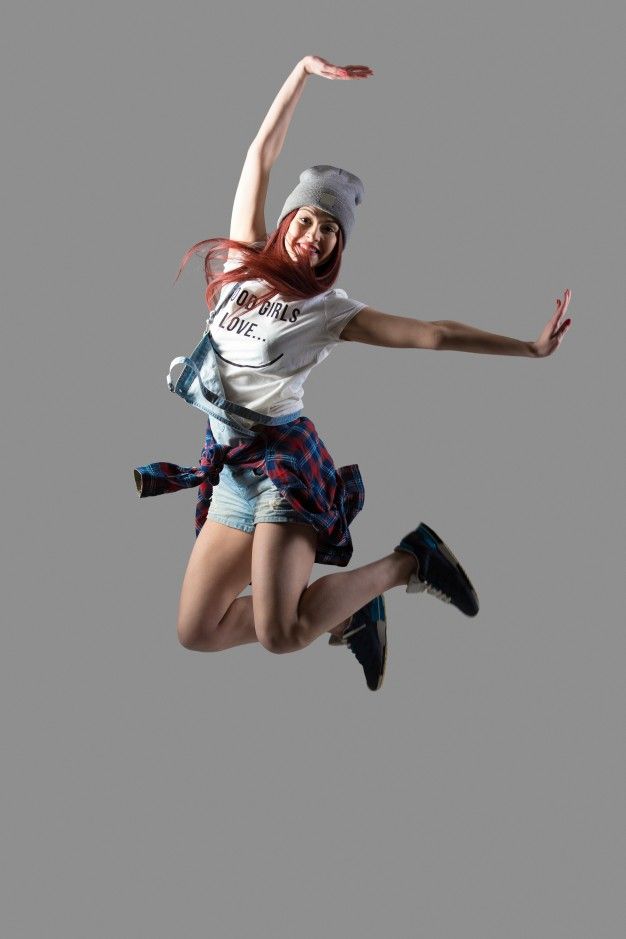 ). However, there are basic exercises and techniques that will allow you to develop the height and ease of the jump. It is this technique that will be discussed further.
). However, there are basic exercises and techniques that will allow you to develop the height and ease of the jump. It is this technique that will be discussed further.
The main thing to focus on in the beginning is the power of the push. It is she who will allow you to make a high jump, as well as perform the necessary figure in flight. To improve it, we can give several recommendations:
- Lifting your weight. In their training, the most famous professional athletes use all kinds of exercises to lift their weight. These are rises on toes, with outstretched knees, lunges and squats on one or both legs, etc. By doing these exercises regularly, you will soon develop the necessary pushing power and be able to literally soar in the air.
- Stretch. For lightness and high sharpness of the jump, strong and elastic ligaments and tendons are needed. For this, an excellent stretch is a prerequisite. Constantly improve your stretch performance.
- Correct landing.
 Dancers get the most injuries when they land. And any injury can permanently unsettle the dancer. That is why when performing jumps, you should land only on tense legs, softening the landing with a springy plie. The deep plie is a fundamental exercise that all professional dancers perform. It promotes the development of tendon and ligament tissues in the ankle joints, strengthens the muscles of the foot, lower leg and thigh.
Dancers get the most injuries when they land. And any injury can permanently unsettle the dancer. That is why when performing jumps, you should land only on tense legs, softening the landing with a springy plie. The deep plie is a fundamental exercise that all professional dancers perform. It promotes the development of tendon and ligament tissues in the ankle joints, strengthens the muscles of the foot, lower leg and thigh. - Reach up. Watch ballet. All dancers, when jumping and landing, do not stoop, do not raise their shoulders, do not pinch. On the contrary - the back is extended, the head is held high. This will greatly lighten your weight.
In addition to the above recommendations, you should also pay attention to your diet. Vitamins and trace elements must be present in your food.
Believe in yourself
However, really spectacular jumps require more than just great strength and speed. One of the main requirements is faith in one's own strength.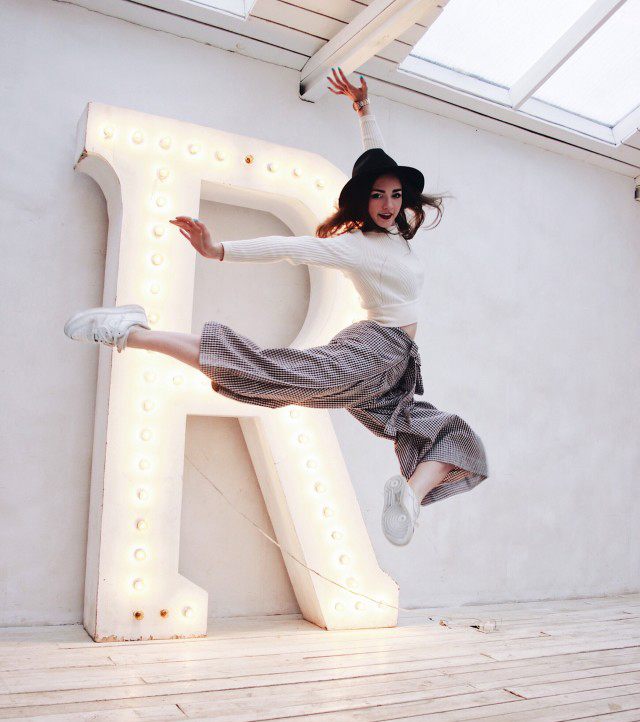 Believe in your high jump and then you will be able to fly.
Believe in your high jump and then you will be able to fly.
Related articles:
| How to choose the direction of dance according to the type of temperament We all remember that in psychology classes we were told about four types of human temperament, and for those who were not taught psychology, they probably heard, even if they did not hear, then everything will become clear from the article. So, it is known that there are four types of human temperament: phlegmatic, choleric, sanguine and melancholic. Everyone has their own type of behavior in society. If you think that temperament does not affect a person's preferences, then we can say that this is a deep delusion. How to choose the direction of dance, how to understand yourself, first of all, of course, you need to try to start dancing. Style: Street dance / Street dance Hip-hop / Hip-Hop Other destinations / Other Jazz Modern / Jass Modern Stripplasty / StripPlastic Club dances / Club dance Jazz Funk / Jazz Funk Go-Go / Go-Go Fitness / Fitness Yoga Dances of the peoples of the world / National Dance Ballroom dancing |
| Hip-hop - style of self-expression The popular hip-hop dance style originated in the second half of the 20th century. Style: Street dance / Street dance Old School / Old School Robot Krump / Krump C-Wok / C-Walk Hip-hop / Hip-Hop New School / New School Hip-hop for children / Children's Hip-Hop Dance mix |
| How to start dancing So, you have a desire to improve your body and posture, find new friends and like-minded people, assert yourself, and just learn how to dance cool. |

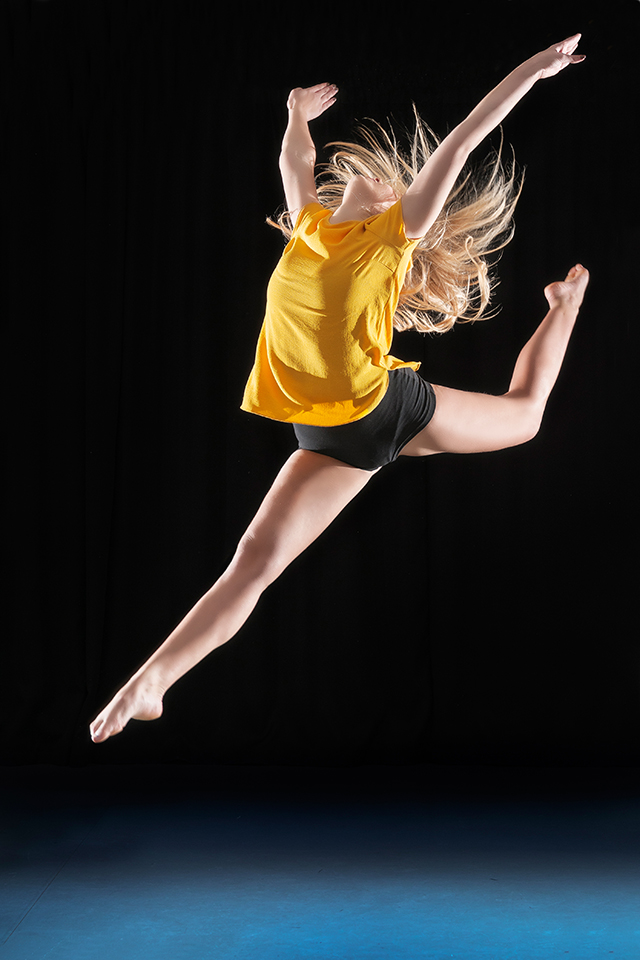 At that time, it was a pronounced Protestant direction. The dance and its performers protested against the existing order, the domination of money, corruption, and so on. However, over time, the hip-hop dance style has become very fashionable, popular, and therefore commercial.
At that time, it was a pronounced Protestant direction. The dance and its performers protested against the existing order, the domination of money, corruption, and so on. However, over time, the hip-hop dance style has become very fashionable, popular, and therefore commercial. 

